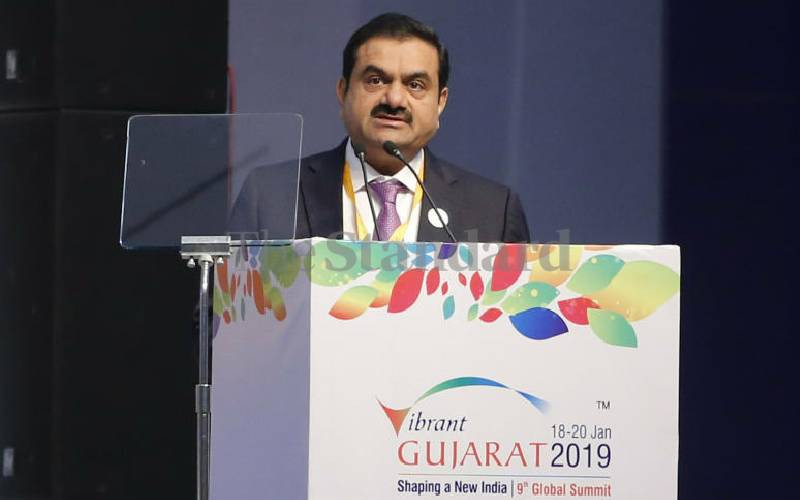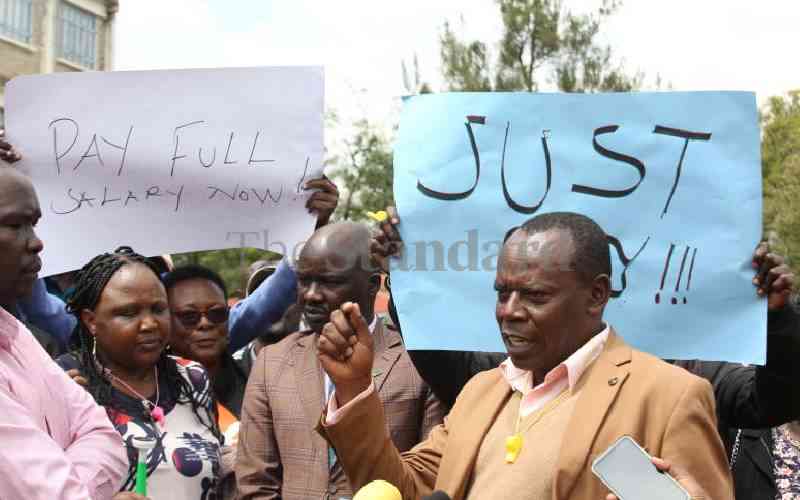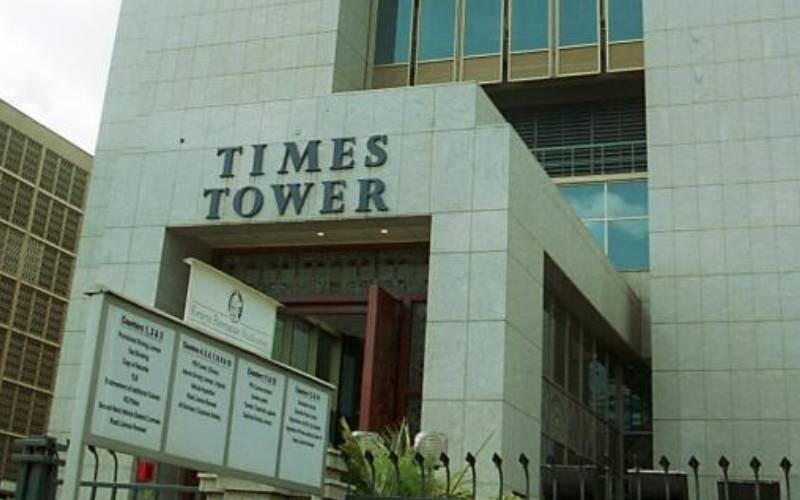The world has changed, lives and livelihoods have been disrupted, and new norms have set in. What was believed to be pneumonia of unknown cause in China at the close of 2019 was later confirmed to be coronavirus disease (COVID -19). The disease that is now responsible for global disruption and a threat to the existence of humanity. The fear among the global population is palpable with the rapid spread of the virus, high mortality, and its effects on the global economy.
World over, development agencies, governments, and individuals are diverting available resources to respond to and management of the current cases. A non-emergency, non-disaster related development and non-essential services and businesses have come to a halt, people are immobile, the health care system globally is strained, and the future is uncertain.
Attainment of global development agenda’s such as SDGs is now at stake. I have always observed that the propeller of all SDGs is economic growth – globally, regionally, and in-country. When we finally prevail (which I am optimistic we shall), where will our economies be? It is presumed that the largest contributing sectors to the economies will shatter to their lowest levels in growth, production, and service provision. Preliminary effects of COVID -19 bring back the memories of the economic crisis that peaked in 2008. Production in different sectors of the economy declined with a direct impact on employment as thousands of people lost jobs and slipped back into poverty, and the economy spiraled downwards. Today we are equally staring at a possible and worse global financial crisis stemming from the current pandemic. Companies are downscaling operations, pay cuts have been introduced, leaves without pay, and people are losing jobs.
To mitigate the negative effects of the COVID -19 pandemic, it important to ask the question of how do we move forward in the financial sector? I address myself to the financial inclusion community (not for profits), donor community, and the microfinance sector (for profit) in promotion and provision of financial services to the poor and vulnerable. Microfinance institutions that are primarily profit-making are confronted with what I would describe as the dual test in the provision of financial services. Evidently, from various surveys and stories collected from different sector players since the outbreak of COVID -19, income for financial institutions which is generated from client’s deposits, savings, payment transfers, insurance, among other services is soon going to decline. On the other hand, they have an obligation to continue supporting their clients with credit services in an economy that is likely to attract delay or default in payments. Clients with existing loans are going to be hesitant to honor their obligations, and those with savings in financial institutions are likely to withdraw in order to save for their household consumption should the effects of the pandemic worsen.
Additionally, financial institutions must play their part in the prevention of the virus, which involves, among other measures, reducing the number of staff working at any given time to reduce human interaction. This will have a direct impact on some of their crucial operations, such as follow up and debt recovery. This raises the question; Will these financial institutions sustain their business with the current economic stress? Will they be able to provide financial services to the vulnerable and SMEs? I have examined digital finance, and with the current challenges, it does not offer a solution to the micro-credit client - there are means to access, but the availability will be limited.
Therefore, there is a need for different players to stand in this gap. A survey conducted by the China Academy of Financial Inclusion (CAFI) reported that more than 50 percent of those surveyed in developing economies reported a decrease in income as a result of the pandemic. The undisputable indicator that COVID -19 pandemic is a threat to the most vulnerable populations and SMEs. Collective actions by microfinance sector players are inevitable to give to sustain hope and confidence among the people and SMEs. Promoters of financial inclusion and mainly nonprofits should play a more vibrant role to ensure sustained financial access for their target beneficiaries and implementing partners.
Since the outbreak of the pandemic, financial inclusion promoters continue to take actions that protect their staff, and this has directly affected their efforts and actions to promote financial access. The question that has remained unanswered is what actions they are taking to cushion the vulnerable during the pandemic? If they stay away, what will be the fate of many who rely on their services? When we win (as I said earlier that we should) is there going to be remnants of pre-Covid -19 financial inclusion impact? Is there going to be stories of resilience attributable to the initiatives of financial inclusion promoters? With certainty, this pandemic is going to test the quality and impact of financial inclusion initiatives.
Absence of risk mitigation guidelines defined support, and continuous engagement to beneficiaries during this pandemic, they will not alone overcome the health and economic risks they are exposed to. Implementers must reach out to funders, donors, and discuss short and immediate actions to cushion their beneficiaries without losing focus on the long term and more sustainable solutions. On their own, and with the best understanding of the financial inclusion landscape in their own countries, they should lead in identifying immediate needs and act for the millions of vulnerable people counting on them.
Stay informed. Subscribe to our newsletter
There is, however, much to learn through the stay of the pandemic, which might inform more innovative and diverse approaches to financial inclusion in the future. Organizations must join our efforts, learn from each other, and together storm out of this crisis. The impact of financial inclusion efforts is felt in times of crisis and pandemics such as COVID-19.
 The Standard Group Plc is a
multi-media organization with investments in media platforms spanning newspaper
print operations, television, radio broadcasting, digital and online services. The
Standard Group is recognized as a leading multi-media house in Kenya with a key
influence in matters of national and international interest.
The Standard Group Plc is a
multi-media organization with investments in media platforms spanning newspaper
print operations, television, radio broadcasting, digital and online services. The
Standard Group is recognized as a leading multi-media house in Kenya with a key
influence in matters of national and international interest.
 The Standard Group Plc is a
multi-media organization with investments in media platforms spanning newspaper
print operations, television, radio broadcasting, digital and online services. The
Standard Group is recognized as a leading multi-media house in Kenya with a key
influence in matters of national and international interest.
The Standard Group Plc is a
multi-media organization with investments in media platforms spanning newspaper
print operations, television, radio broadcasting, digital and online services. The
Standard Group is recognized as a leading multi-media house in Kenya with a key
influence in matters of national and international interest.






